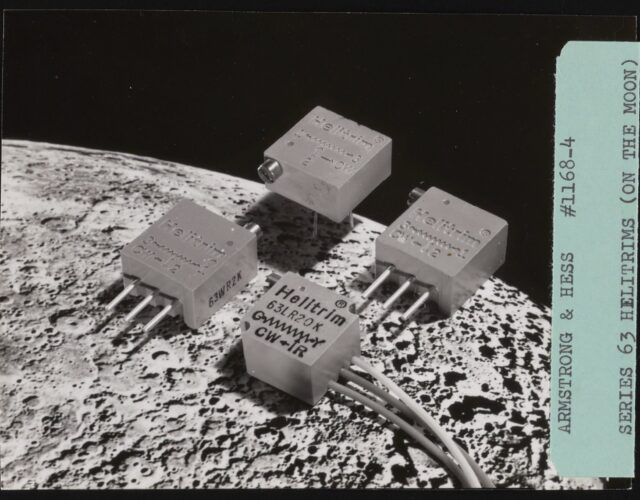In an interview with the American astrophysicist Neil deGrasse Tyson in 2010, Stephen Colbert called astronauts “the supermodels of science.” The bit was satirical, but Colbert had a point: for many, spaceflight is sexy. The serious question is: do we actually need to send people into space—supermodels or not?
In recent years, buzz has surrounded the partnership between NASA and SpaceX, a company whose founder, Elon Musk, has famously stated that he will launch the first manned mission to Mars in 2024. On February 6, SpaceX ran its first test launch of the Falcon Heavy, a rocket system with three reusable boosters that Musk says is the precursor to the BFR, or Big Falcon Rocket, that he intends to build in order to carry the first colonists to Mars.
For Musk, an independent colony on Mars would function as a way to “back up the biosphere.” If anything were to happen on Earth that could cause an extinction event, such as nuclear war or a meteor strike, Musk sees Mars as a way to ensure that humanity survives.
This existential reasoning for traveling to the red planet does come with a problem. We have barely developed the technology to consistently launch these rockets. Musk is confident in the tech behind his reusable boosters, but experts like Dan Dumbacher—a former NASA employee—remain skeptical. “We tried to make [the space shuttle] reusable for 55 flights,” he told SpaceNews in 2014. “Look how long and how much money it took for us to do that, and we still weren’t completely successful for all the parts. I want to be realistic: We are not as smart as we think we are and we don’t understand the environment as well as we think we do.”
The cost of each launch during the space shuttle program, with refurbishment costs taken into account, ran between $450 million and $1.5 billion. SpaceX’s account of their costs have been well below those figures, averaging between $61.2 million and $42.8 million per launch. However, the private company does not have 30 years’ worth of data on refurbishment costs at this point, so it is too early to celebrate its success.
And that’s just getting off the ground. It would cost between $121 and $48 billion per person per year to sustain a Martian colony according to data from Popular Science Magazine in 2013, but the real cost is impossible to know without actually going.
Why should we spend time and resources trying to survive on Mars when we could be working to understand how to survive on earth in the event of the kind of catastrophe that set Musk’s eye on Mars in the first place?
If some group were to attempt the journey today, they would need access to technologies that would make them as self-sufficient as possible. After all, Earth would be nearly 33.9 million miles away during its closest pass to the red planet.
Water recovery systems that reclaim vapor, wastewater, and urine—like the ones currently installed on the International Space Station—would have to be used on the journey, and sent ahead to Mars along with habitats ready for assembly upon the astronauts’ arrival. According to NASA such a system would have to have an efficiency much higher than the current 74% in order to be viable for deep space missions. The same goes for oxygen regeneration and carbon dioxide removal, which, as of today stands at around 40% efficiency and “must increase significantly” before anyone attempts the journey to Mars.
As for food, astronauts would have to rely on a one-time supply of food sent ahead, or attempt to grow it themselves along the way. Since self-sustainability is key, a mission hoping to survive on the dead surface of Mars would likely rely on greenhouses, such as the inflatable ones in development under Dr. Ray Wheeler at NASA. These greenhouses use hydroponic farming techniques to grow crops and “sustain astronauts on a vegetable diet,” with the added benefit of helping carbon dioxide, oxygen, and wastewater management.
While all of these systems might be ready for use by a small crew within a few years, a colony of a size large enough to safeguard humanity from extinction would push them to the breaking point. It would take, optimistically, decades before Mars was truly self-sufficient, and that time and money could be spent working to prevent the kind of disasters that threaten our existence on Earth, such as natural disasters related to climate change.
On its best day, Mars still barely has an atmosphere. Its core is inactive, which means that it lacks any kind of magnetic field to block out the most intense solar radiation. It is a dead planet that would take efforts only dreamed about in science fiction to colonize. Even Earth after total nuclear war would be easier to live on.
There is scientific value in the exploration of other planets, but discoveries can be achieved without the steep added cost of having to keep an astronaut alive during the trip. Compared to the projected cost of a Martian base, NASA’s Curiosity rover cost a fraction of that, coming in at $2.5 billion. Curiosity has far exceeded its life expectancy of two years and continues to operate today, with the added benefit of not needing to eat, breath, or worry about dying from radiation exposure.




